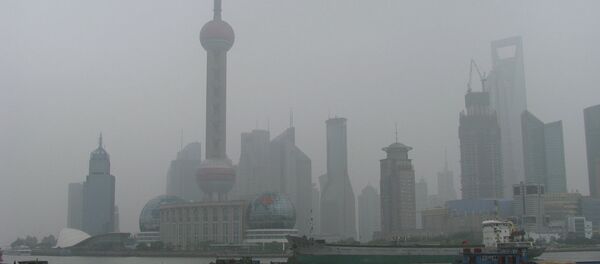According to new research from the University of California, Davis, (UC Davis) this "second-hand smog" is drifting mostly from Asia.
"What's happening upwind strongly affects what's happening downwind," Ian Faloona, an atmospheric scientist with UC Davis told Reuters. "Secondhand smog from Asia and other international sources is finding its way into one of the nation’s most polluted air basins, the San Joaquin Valley."
Faloona presented his finding to air quality regulators and scientists at a transboundary pollution conference near Yosemite National Park on Tuesday, suggesting that air quality is global, not local.
"To me, it’s an exciting new chapter of how we think of air pollution," Faloona said. "How do we deal with this not just as an air district of a couple of counties, but as a nation and a global citizen of the planet? Traditionally, air pollution has always been considered an issue to be handled locally, ‘It’s your backyard, it’s your problem.’ But we’re going to have to treat air pollution to some extent how we treat greenhouse gases."
However, Faloona elaborated on a global role to reduce the smog and pollution in the air.
"One of the reasons I was so drawn to atmospheric science is because we’re intimately sharing this substance that’s totally vital to us," Faloona said. "Air is something that we have to share. To me, it’s always been an obvious connector of people. We’re becoming more cognizant of how connected we are and how all of our decisions have to be made on a global scale from here on in."
California is actively working with China and other Asian nations to address their quality air challenges, California Air Resources Board spokesman David Clegern told the Sacramento Bee.




